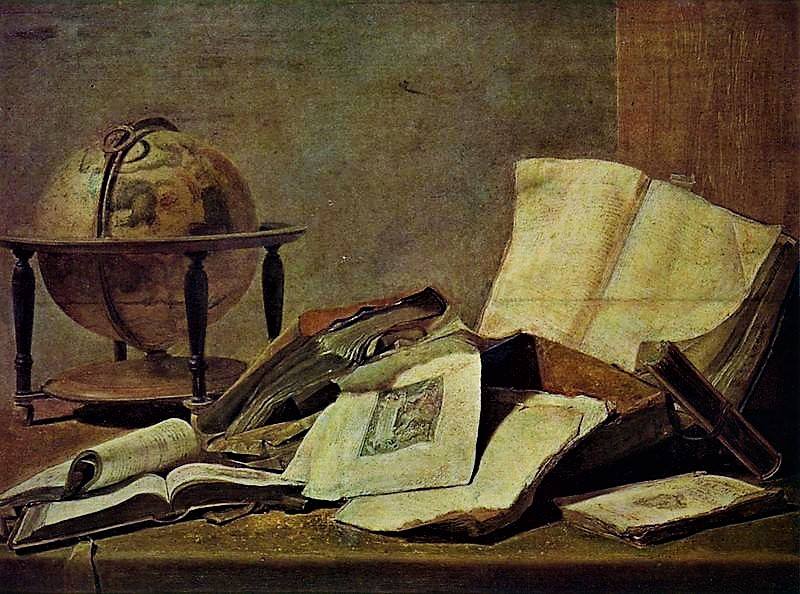The Nambu pistol was a sidearm used by Imperial Japanese forces. Variations of the 8mm semi-automatic handgun saw service in every Japanese conflict from the Russo-Japanese War up until the conclusion of World War II. Westerners are most familiar with the Type 94 Nambu, which was used extensively by Japanese forces in the Pacific.
Designed in 1925, the Type 94 Nambu was adopted by the Japanese Army in 1927. A release button on the pistol’s left side allowed for quick magazine extraction. The magazine held eight 8mm rounds. The 8mm cartridge is one of the Nambu’s major drawbacks. When compared to cartridges such as the American .45 ACP or the British .455 Webley, the Nambu lacks stopping power.
Another problem with the Type 94 is an exposed sear. The sear which is basically a bar that rests in a notch of the hammer. This bar holds back the hammer, which keeps the weapon from firing. When the trigger is pulled, the sear slides out of a notch in the hammer. The released hammer strikes the round, allowing the weapon to fire. This creates a situation where pressing or striking the side of the weapon can cause an unintentional discharge.
Considered inferior during its production run, the Nambu Type 94 remains an interesting piece of Japanese military history.
